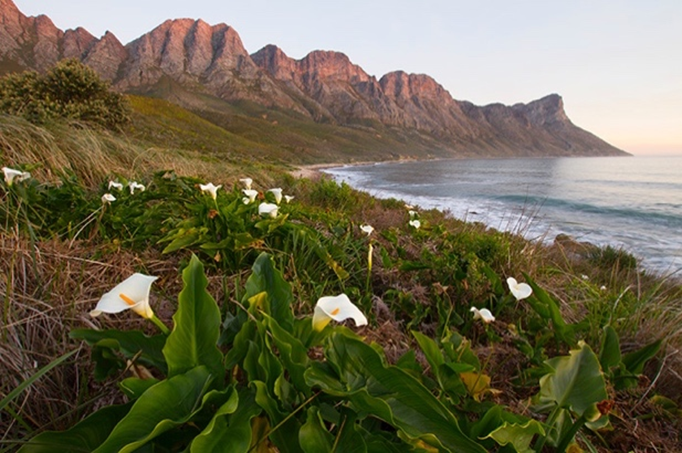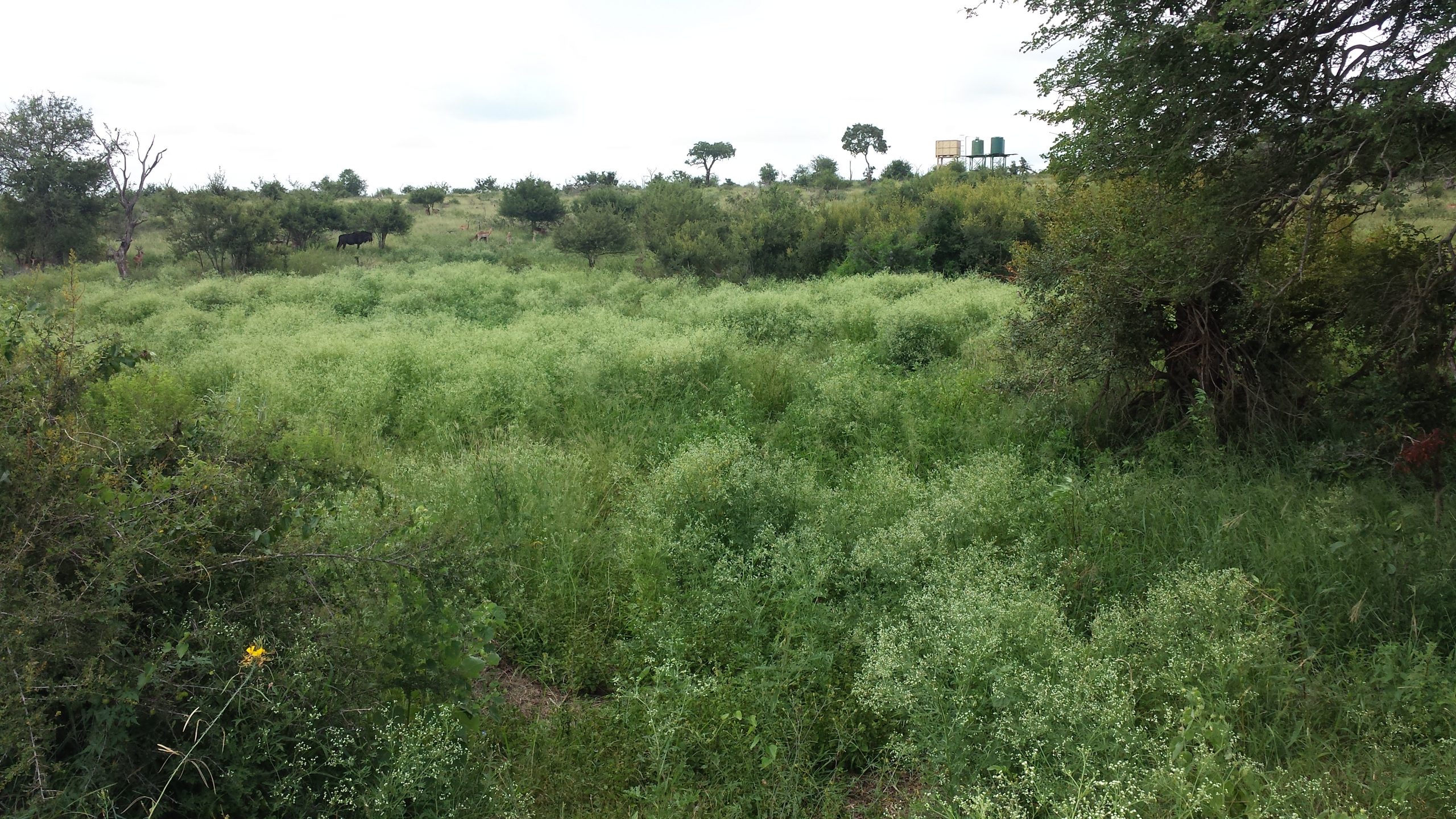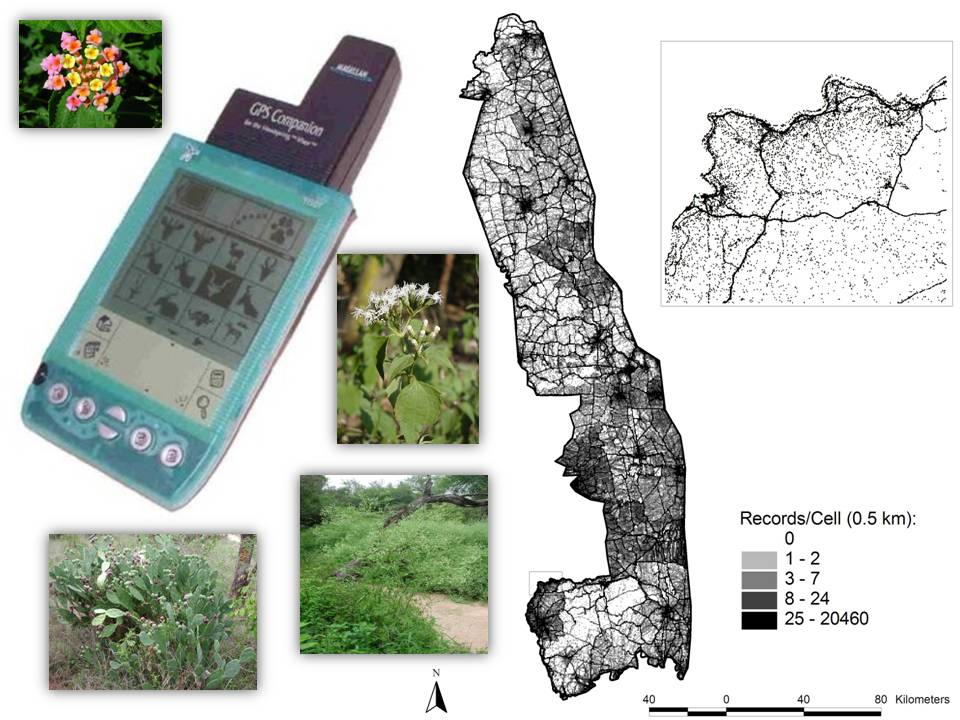Major international workshop tackles management of invasives in protected areas
Major international workshop tackles management of invasives in protected areas
Major international workshop tackles management of invasives in protected areas

World Heritage Sites contain cultural and natural heritage of outstanding value to humanity. The United Nations Educational, Scientific and Cultural Organization (UNESCO) has inscribed 1,121 sites worldwide, of which nine are in South Africa—including four natural sites: the Cape Floral Region Protected Areas; the Greater St. Lucia Wetland Park; Vredefort Dome; and Barberton Makhonjwa Mountain Land.

In this commentary, a group of researchers, including C∙I∙B researchers and former C∙I∙B students, argue that when protected areas containing invasive alien species (IAS) are subjected to protected area downgrading, downsizing, and degazettement (PADDD), there is a higher chance that IAS will cause environmental and socioeconomic effects.

Protected areas are a crucial part of global biodiversity conservation strategies. However, the ecological integrity of most protected areas is currently under threat from biological invasions which are a major direct driver of biodiversity loss, changes in ecosystem services and biotic homogenization.